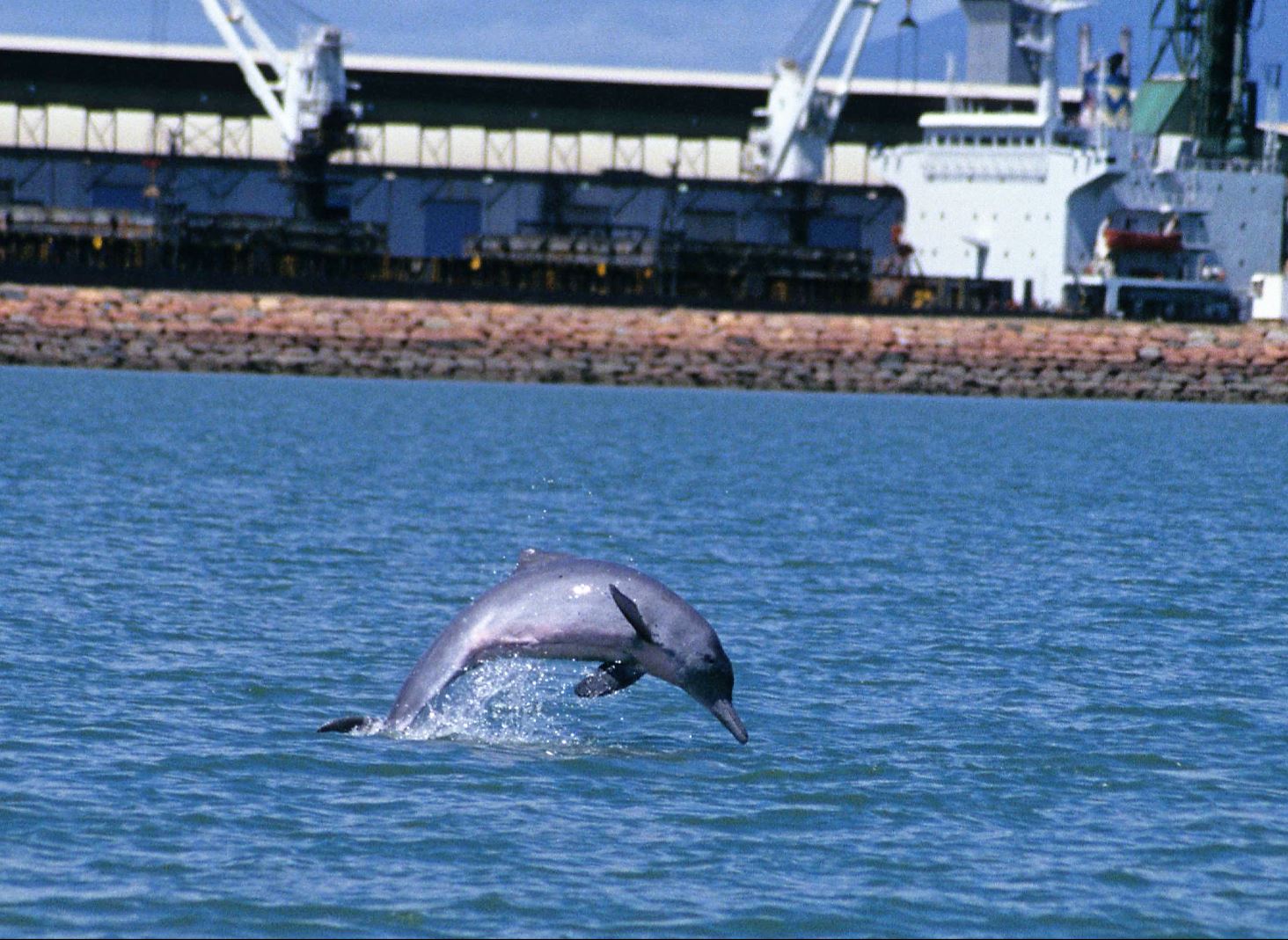
The rare Australian humpback dolphin needs urgent protection, scientists have warned in an international research project.
The discovery of new information about the population genetics of one of Australia’s most endangered dolphin, the Australian humpback dolphin, has been published in Biological Conservation
The research, published ahead of World Wildlife Day (3 March 2018), is based on genetic studies spanning a decade and shows that the vulnerable native species has very low genetic diversity and gene flow.
“Our results show that Australian humpback dolphin populations along the east coast of Queensland are characterised by low levels of genetic diversity, limited gene flow, and small effective population size,” says research project leader Dr Guido Parra, from Flinders University.
“Conservation efforts should focus on promoting connectivity among local populations and reducing direct causes of human related mortality,” Dr Parra says, who leads the Cetacean Ecology, Behaviour and Evolution Laboratory (CEBEL) conservation and ecology centre at Flinders.
“Our study has provided critical insights into their genetic population structure and demographic history that is essential for their conservation.”
Australian humpback dolphins (Sousa sahulensis) were recently described as a new species, and are endemic to coastal waters of northern Australia and southern New Guinea.
They occur in small numbers and are considered Vulnerable under the International Union for Conservation of Nature (IUCN) Red List of threatened species.
Dr Daniele Cagnazzi, from the Marine Ecology Research Centre at Southern Cross University, says the results of the study should “raise important conservation concerns and emphasise the vulnerability of this species to random natural and human disturbances”.
“Understanding the population genetics of threatened species is imperative for the development of appropriate conservation measures because some may be more vulnerable to natural and human disturbances than others depending on their genetic diversity and past demographic history,” Dr Cagnazzi says.
Finding Australian humpback dolphins in the wild is not an easy task given their low population sizes, high mobility and their inconspicuous nature. Thus, the genetic samples were collected over the past 10 years by researchers including Dr Parra and Dr Cagnazzi.
The demographic history shows signs of historical population bottlenecks and/or founder events during the late Holocene period (approximately 1250-3750 years ago), probably associated with sea level fall and increased intensity of El Niño Southern Oscillation-climatic events.
The study was possible through funds by the the Sea World Research and Rescue Foundation, Ocean Park Conservation Foundation, the Australian Marine Mammal Centre, Fitzroy River Basin Association, Burnett Mary Regional Group, and Queensland Parks and Wildlife Service.
‘Low genetic diversity, limited gene flow and widespread genetic bottleneck effects in a threatened dolphin species, the Australian humpback dolphin,’ by GJ Parra, D Cagnazzi, M Jedensjo, C Ackermann, C Frere, J Seddon, N Nikolic and M Krützen, has been published in Biological Conversation (Elsevier).

